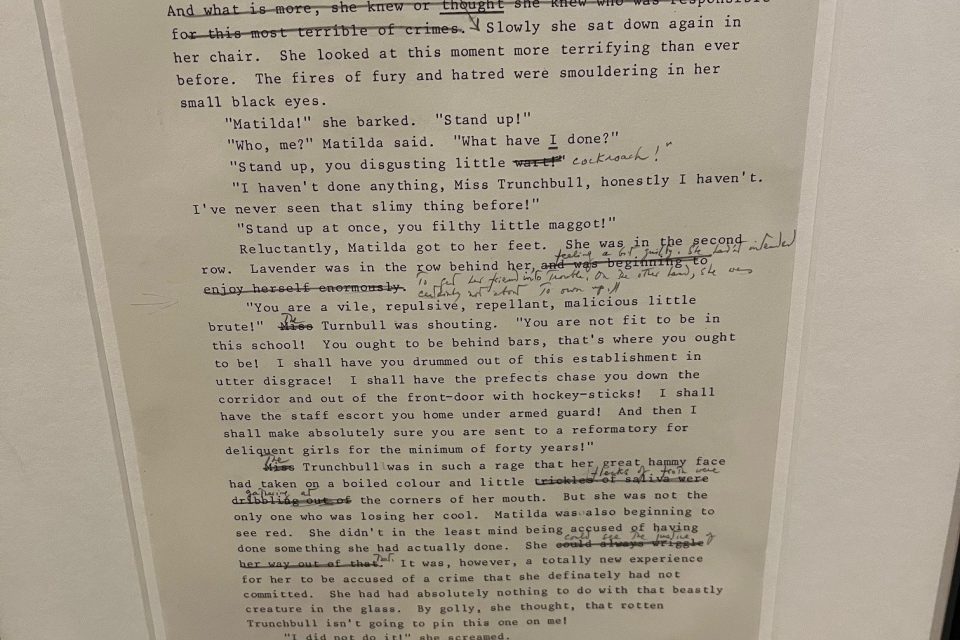
What it’s like to be an apostrophe
October 12, 2016
Apostrophe howlers
November 28, 2016This is a post I’ve considered writing many times. As a former communications manager at the organisation responsible for flood protection, I have long had a view on the language we use to describe the frequency of flood incidents.
Today, as the Environment Food and Rural Affairs Select Committee makes recommendations about the future of flood resilience in the UK, it seemed like a good time to finish off the post.
You have probably heard floods talked about in numbers – “It was a 1 in 100 year flood,” For decades this has been the standard way to describe flood return periods, as they are known. It was the case when I first worked at the Environment Agency as a university student on a placement in 1999 and remained the case when I left after nine years in the communications team in 2011.
My problem is that using a “1 in XX years” description makes people think that there won’t be another flood for that amount of time. What it actually means, and what we started to use in our public communications during my time there, is that there is a certain percentage chance of a flood occurring every single year. So a 1 in 100 year flood actually has a one percent chance of happening every year.
I would prefer to go further, using horse racing odds as a more generally familiar concept. You might choose to put £10 on a 100-1 horse and it could win. If it does, that doesn’t mean that it’s impossible for the 100-1 horse in the next race to come in first as well. It’s just the odds make it not very likely.
Mary Dhonau of the Know Your Flood Risk campaign explained it brilliantly on BBC Breakfast this morning. She compared it to throwing three sixes with dice. Not very likely, but perfectly possible.
Without getting into the whys and wherefores of flood funding, flood protection and the issue that it’s impossible to guarantee to protect people from flooding, even if a flood defence scheme is built, the simple fact is that until the language of flooding is altered to ensure that the ordinary people who are affected have an effective understanding of the risks, it will be hard to change public perceptions. No amount of eye-catching advertising will change that.
While the scientists and engineers whose day job it is to calculate return periods, heights of defences and other technical information in the effort to protect as many people as possible with nowhere near enough money can use this language among themselves, there needs to be a change for general consumption.
Every organisation has its own language which is used internally and that’s absolutely fine. What’s not fine is imposing that language on people outside of the organisation. It’s the communicators’ role to turn that code into something the audience will understand.
I’ve said it before and I’ll say it again. It’s not about you, it’s about the audience and the way they receive information. And for far too long people have been given false confidence about the likely chances of flooding because of successive governments’ reluctance to challenge the language.
I’m not trying to be political or have a go at my former colleagues – many of whom do a sterling job under very difficult circumstances and, as Mary Dhonau also pointed out, have been victims of flooding themselves – this blog is simply an observation about the impact of language.
One final note, I wouldn’t be a half-decent former Environment Agency comms manager without using this opportunity to urge you to check your flood risk with this simple online tool.



